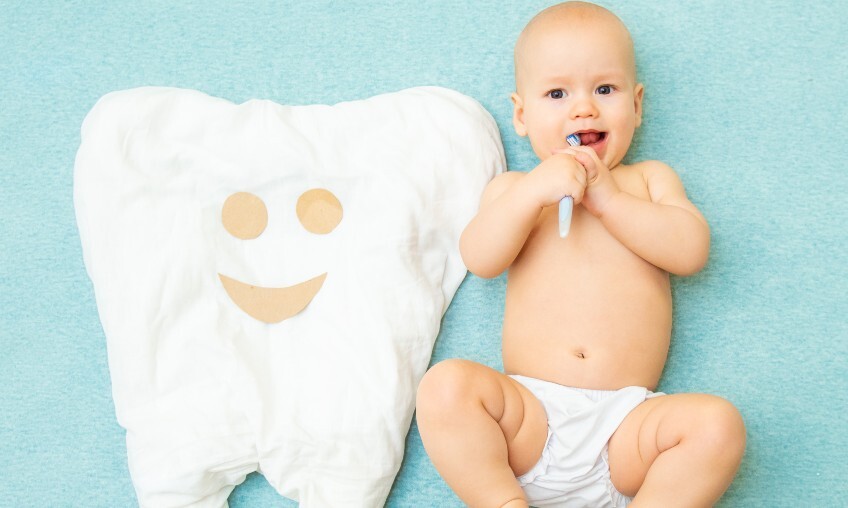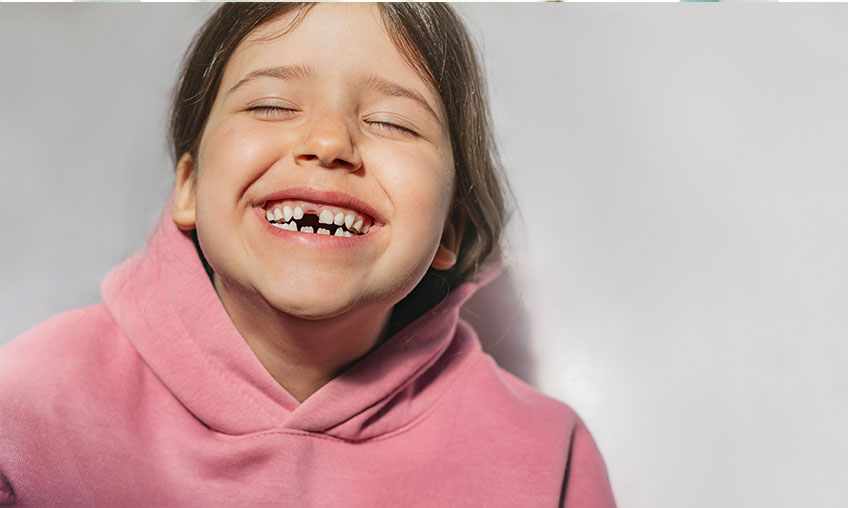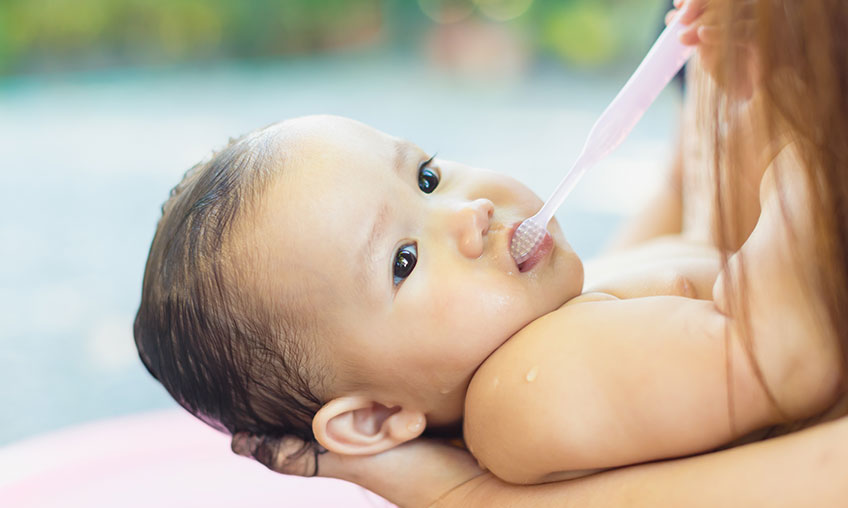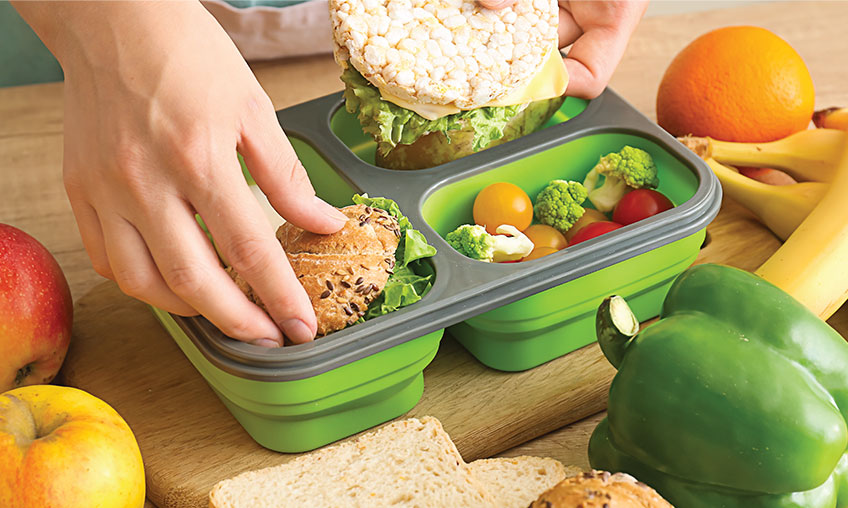
By Todd Gray, DDS
Having a healthy smile is sometimes overlooked as part of a child’s wellness and comfort. Parents make sure their kids visit their doctor for check-ups and get their vaccines, but taking care of young mouths should be a focus, too. The choice of a dental home for your child as an infant helps make sure they get the right dental care as they grow. It also sets them up for healthy teeth and gums throughout their life.
What Is a Dental Home?
A dental home is more than just a place to visit when there’s an emergency. It’s a trusted office that knows your child’s dental history and understands your family’s needs. The American Academy of Pediatric Dentistry (AAPD) says that a dental home is a long-term relationship where all aspects of oral health care are provided in a safe, caring and personalized way. It is focused on the patient and ensures care is easy to access, respectful of different cultures and coordinated for the best results. It is a place where you and your children feel comfortable and welcome, and trust as a home base for all oral health care.
Why Find a Dental Home Early?
Starting early is the key to preventing problems like cavities, decay and gum disease in young children. The AAPD recommends having a dental home by your child’s first birthday or within six months of their first tooth. Starting early helps fill the gap in oral care that’s often missed during visits with their doctor and has been proven to help prevent dental cavities in toddlers and young children.
Early dental visits help build good habits. The first visit, ideally before 16 months, teaches parents when to start brushing their child's teeth, how to brush properly and how to avoid bad habits like putting kids to bed with a bottle.
Having a dental home is like teaching someone how to fish rather than feeding them for a day. It gives parents the skills and knowledge they need to take care of their children’s dental health for years.
Early Education and Follow-up Care
An early dental visit is a great chance for parents to learn all about their child’s dental health. Parents can find out when the first and last baby teeth should come in, how to care for their child’s new smile and what to expect as their teeth develop. Baby teeth, also known as primary teeth, usually start to appear around six months old, beginning with the lower front teeth, called incisors. Then the first primary molars, primary canines, and finally the primary molars appear between 30 to 36 months old. By ages five or six, children start losing their front baby teeth, and the process continues until around age 12 or 13.
Parents will also learn how to spot problems early, like teeth that are coming in too close together. A dental home can be key, offering helpful advice on spacing and deciding when treatment is needed.
More Benefits of a Dental Home
A dental home is not just about solving problems as they come up—it’s about building a lasting relationship that focuses on prevention and active care. By teaching parents and children about proper dental care at home and how to stay on top of checkups, a dental home helps families succeed. Having a dental home is like teaching someone how to fish rather than feeding them for a day. It gives parents the skills and knowledge they need to take care of their children’s dental health for years.
Dr. Todd Gray is a pediatric dentist with more than 22 years of experience in the dental field. Dr. Gray is passionate about making sure all children, including those with special health needs, have access to good dental care.
 Preventistry Pulse Image
Preventistry Pulse Image
PREVENTISTRY PULSE
The newsletter designed for anyone who wants to improve oral health for themselves, their families, customers or communities.





